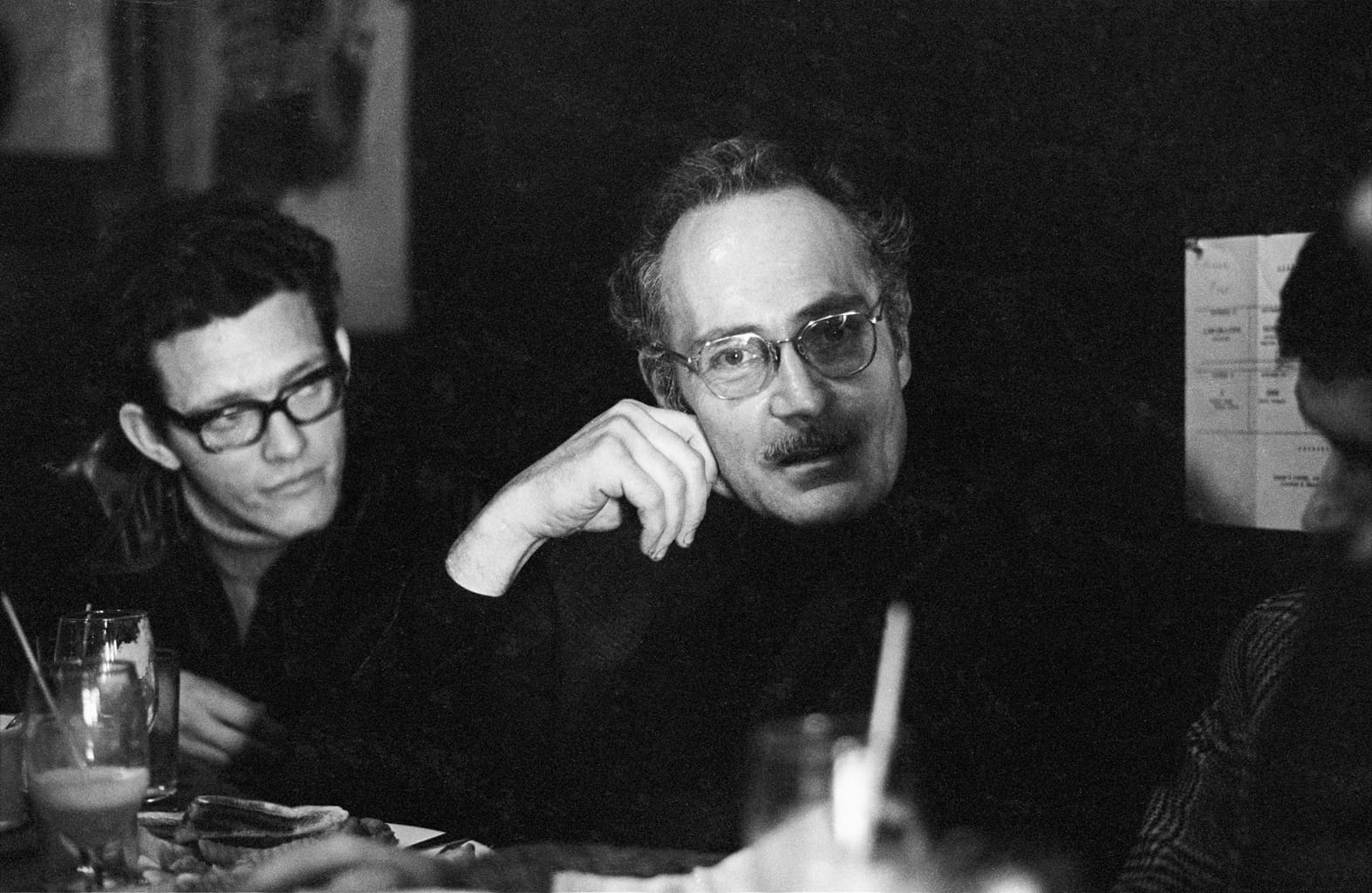Photographic Journeys
This book tells the story of Phil Bergerson’s many photographic journeys. Most were taken by car, some with the specific purpose of making photographs, others sparked by his complementary obsessions: an intense curiosity about the world and a penchant for asking questions that, to put it mildly, could not be easily answered. During the more than four decades I’ve known and worked with Bergerson, I’ve been drawn into his expeditions with a kind of inevitability, and also with a guarantee of the shotgun seat beside him.


Even when I thought I knew where we were headed and why, I probably didn’t. Behind the wheel and elsewhere, Bergerson was first a photographer and a teacher, but also a cultural animateur and a guide: a person who took you on serpentine routes, pointing out things you would have otherwise missed. He was process personified; the destination was the journey, fuelled by the restless certainty he imparted to you that every interesting stop would invariably lead to a more interesting one a few miles down the road. At least I was smart enough then not to ask him if we were there yet.
My first meeting with Bergerson the teacher was in the 1970s at Ryerson in Toronto, when I was a Photographic Arts student. At that time, the school was a committed polytechnic, and photography was primarily taught as a technical application, but one that increasingly encompassed expressive aspiration. Bergerson, then in his twenties, was already a prolific artist who was convinced that photography’s historic quest for art status was finally being realized.

Over the few short years I spent at Ryerson as an undergraduate, he introduced me to some of the greatest names working in the medium, not only through his slide lectures in class, but in the flesh, via the remarkable public symposia he organized. I had the opportunity to meet artists W. Eugene Smith, Berenice Abbott, Robert Frank and Mary Ellen Mark, among others. Later came the theorists: Rudolf Arnheim and Allan Sekula; historians: Peter Bunnell and Helmut Gernsheim; and curators: John Szarkowski and Nathan Lyons. Looking back at this extraordinary line- up, a photography Who’s Who, it occurs to me that I wasn’t only a student being mentored by Bergerson, I was along for a different kind of ride, his own experience of learning and discovery.


Twenty years after I graduated, I found myself inside Bergerson’s unique sphere again—this time teaching alongside him in what was now the School of Image Arts at Ryerson. His own skills as a teacher had become more focussed and eclectic at once. He continued to work out of a small, packed-to-the-rafters second-floor office that also served as a color darkroom.



